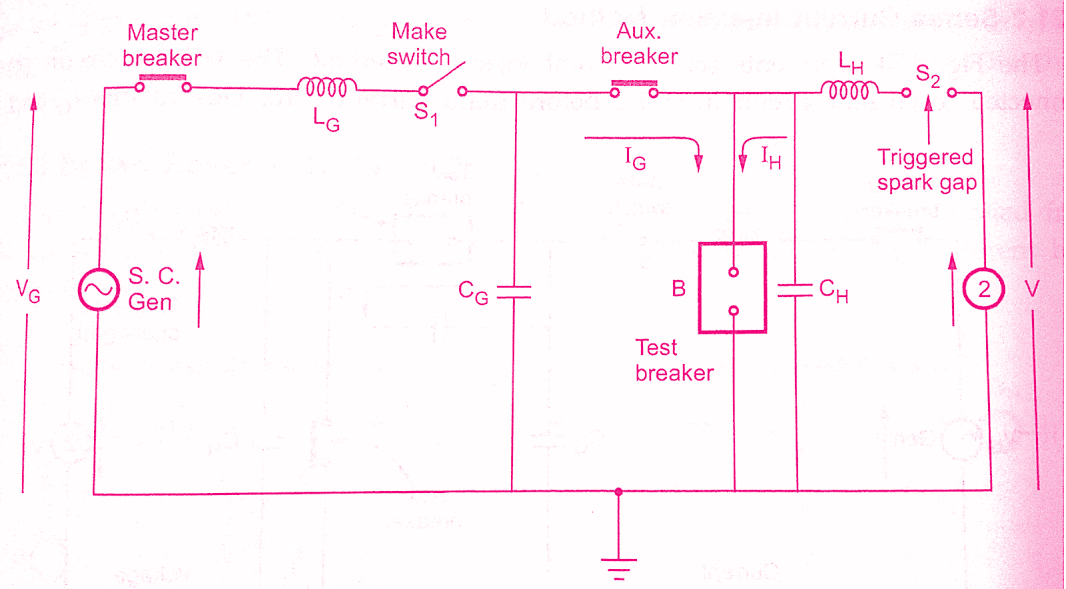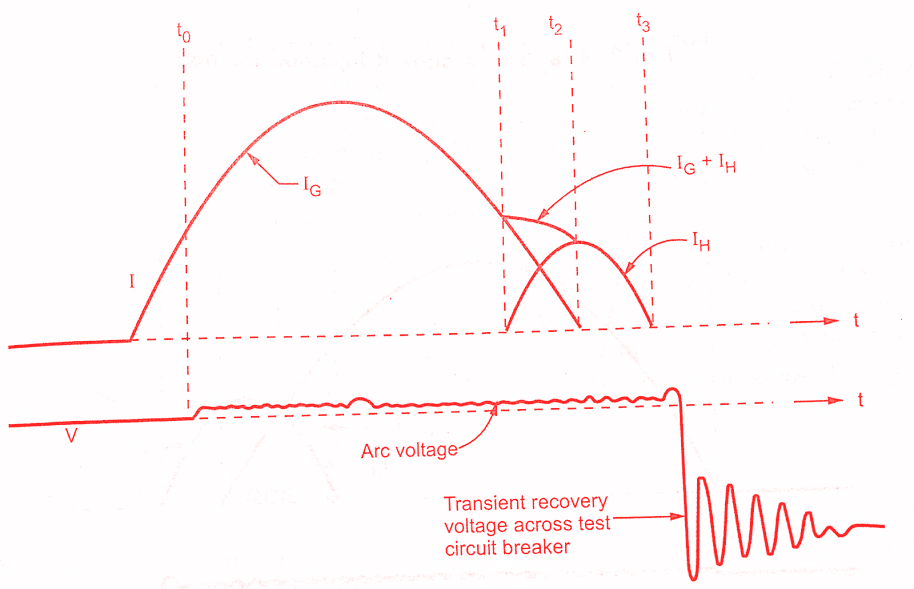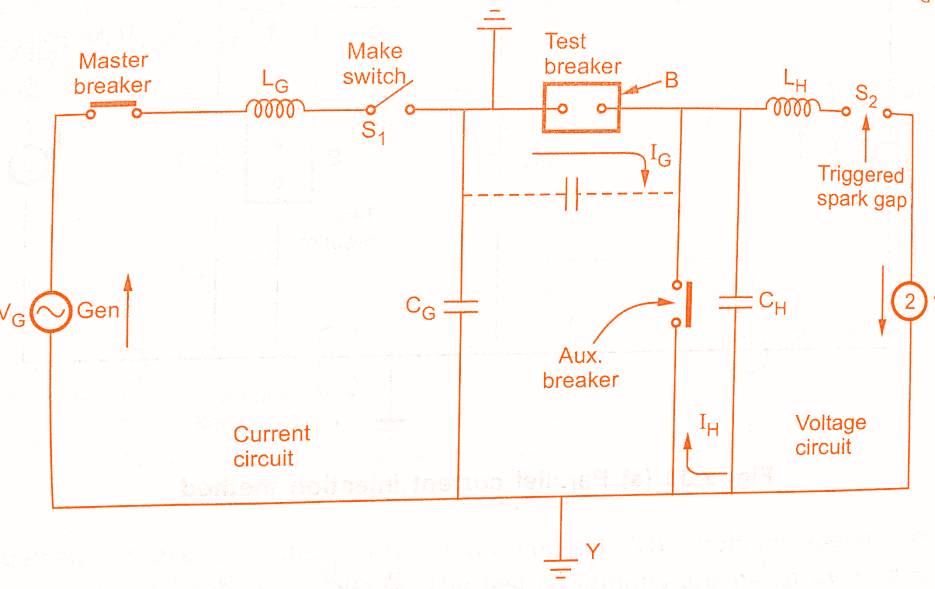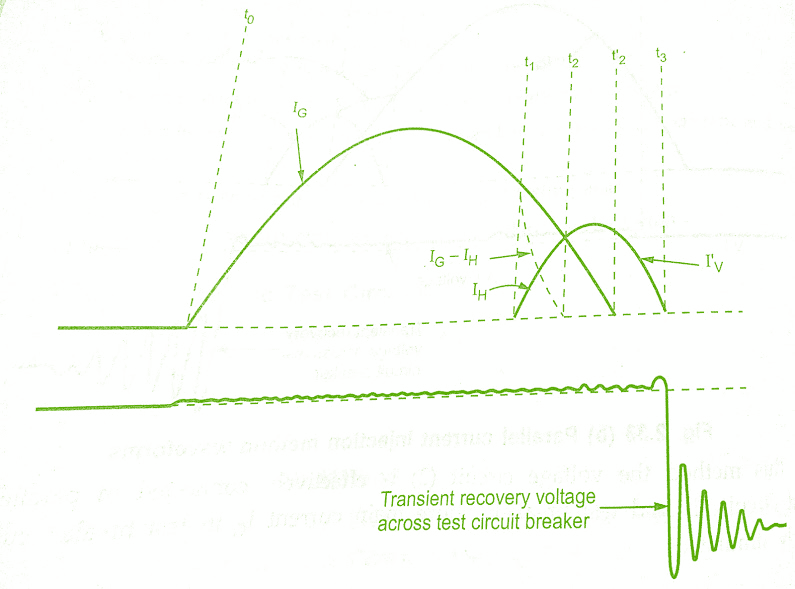Synthetic Testing of Circuit Breakers:
Synthetic testing of circuit breakers is a process that allows for the simulation of various faults in an electrical system. This allows for the evaluation of circuit breaker performance under different fault conditions and can help to identify any potential weaknesses in the breaker’s design.
Synthetic testing can also be used to help optimize breaker settings, and to ensure that the breaker will perform as expected in a real-world situation. Synthetic testing is generally considered to be more reliable than actual testing, as it allows for a greater number of tests to be performed in a shorter amount of time.
It also eliminates the potential for damage to equipment or personnel during testing. Synthetic testing is an important tool for ensuring the safety of electrical systems and can be used to ensure that circuit breakers are both safe and reliable.
– Synthetic testing of circuit breakers is a process where the breaker’s performance can be analysed under different fault conditions
– Synthetic testing also allows for optimization of breaker settings to ensure that it will work as expected in real-life situations
– Synthetic testing is more reliable than actual testing as it allows for a greater number of tests in a shorter amount of time
– Synthetic testing is an important tool to ensure safety in electrical systems. It can be used to test the breaker’s reliability and safeness.
Every circuit breaker undergoes testing to make sure whether it is working properly or not. So now we will learn about the testing of circuit breakers. Synthetic testing is one of the indirect testing methods used. Synthetic testing is the popular method which permits testing of circuit breaker. It consists of current source and voltage source with relatively low voltage and low current respectively. The principle of synthetic testing can be explained from below figure.
The current source provides short circuit current. The voltage source provides restriking voltage and recovery voltage. Synthetic testing conditions are given by L, r, C. The short circuit current IG is supplied by closing switch S1. At final current zero, switch S2 is closed and voltage contains transient as it contains L and C.
Must Read:
Advantages of Synthetic Testing:
i) The circuit breaker can be tested for desired TRV and RRRV.
ii) The short circuit generator has to supply currents at less voltage.
iii) The flexibility can be obtained by independent control of test current and test voltage.
iv) As the method is simple, it can be applied to unit testing also.
v)A circuit breaker having capacity five times that of the plant can be tested.
Types of Synthetic Test Circuits:
There are two types of synthetic test circuits:
i) Parallel current injection
ii) Series current injection
Parallel Current Injection Method:
This method is used for testing of circuit breakers as it gives high frequency transient voltages as required by standards. It is shown in the below figure.
 |
| Parallel current injection method |
 |
|
|
In this Synthetic Testing in Circuit Breakers method the voltage circuit (2) is effectively connected in parallel with the current circuit (1) and test circuit breaker before main current IG in test circuit breaker current is properly simulated.
Series Current Injection Method:
The below figure represents series current injection method. The voltage circuit (2) is connected to the current circuit in series before main current zero. Due to this IG and IH are in opposition. The stresses produced in the synthetic test and those in actual network must be same but it is not the actual case because of several factors like high current, high voltage, instant of applying voltage etc.
 |
| series current injection method |
 |
| series current injection method waveforms |
Brown Boveri’s Synthetic Testing Circuit :
This circuit is shown in the below figure. The short circuit current is supplied from low voltage circuit. The restriking and recovery voltage is supplied by different high voltage circuit.
The high current circuit on left side consists of short circuit generator G, short circuit transformer with resistor RG and capacitor CG which controls natural frequency of the current. The short circuit power is supplied at voltages Vs which corresponds to about 30 kV which is smaller than recovery voltage required for testing. The recovery voltage is supplied by high voltage circuit on right side.
 |
| Brown Boveri’s Synthetic Testing Circuit |
Must Read:
The test circuit breaker and auxiliary circuit breaker S1 are opened together. Before the current interruption takes place in circuit breaker B, the spark gap is triggered by control St and voltage V is applied to circuit breaker B. During final current zero only current iH flows through circuit breaker B. Previously is = iG + iH which is interrupted by S1 and circuit breaker B. But now circuit breaker B has to interrupt only iH. Hence restriking voltage across circuit breaker B is given by HV circuit.
Conclusion:
Thanks for reading! I hope this gave you a good overview of the Synthetic Testing of Circuit Breakers. If you have any questions, please let me know in the comments section below. 🙂
Today we have learnt Synthetic Testing in Circuit Breakers. You can download this article as pdf, ppt.
Comment below for any Queries.
